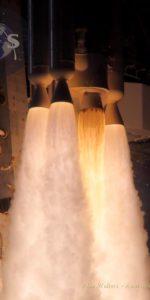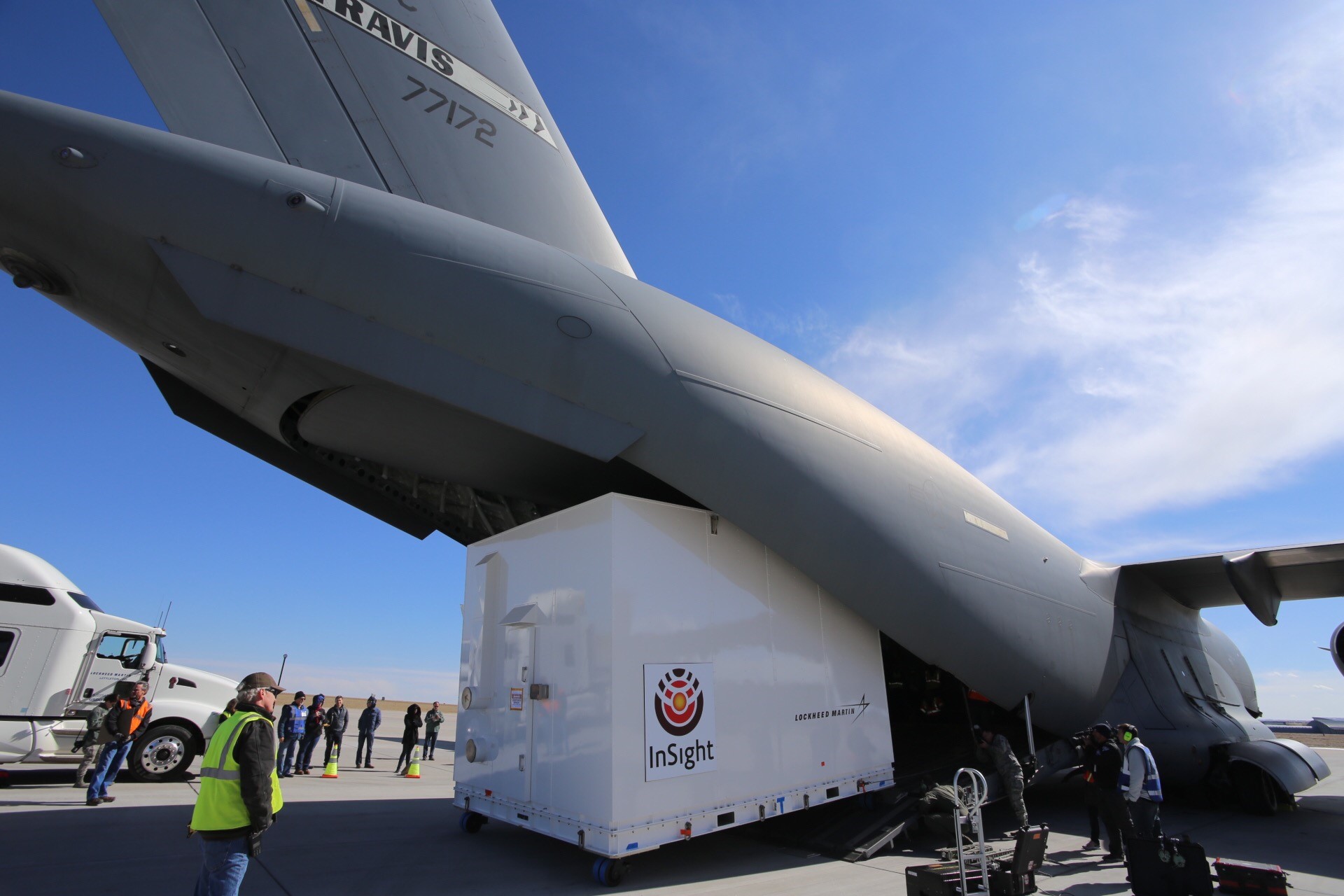
NASA’s next Mars mission is another step closer to taking flight – the InSight spacecraft has arrived at Vandenberg Air Force Base in central California, ahead of a launch this coming May. The InSight lander will measure the “pulse” of Mars, probing the deep interior to providing more clues as to how the planet originated and evolved. It is the first mission to peer beneath the surface to such a depth.
InSight arrived at Vandenberg at 3:49 p.m. PST (6:49 p.m. EST) on Feb. 28, 2018.
“The Air Force C-17 crew from the 21st Airlift Squadron gave us a great ride,” said Tom Hoffman, InSight project manager, from NASA’s Jet Propulsion Laboratory in Pasadena, California. “Next time InSight travels as high and as fast, it will be about 23 seconds into its launch, on the way to Mars.”
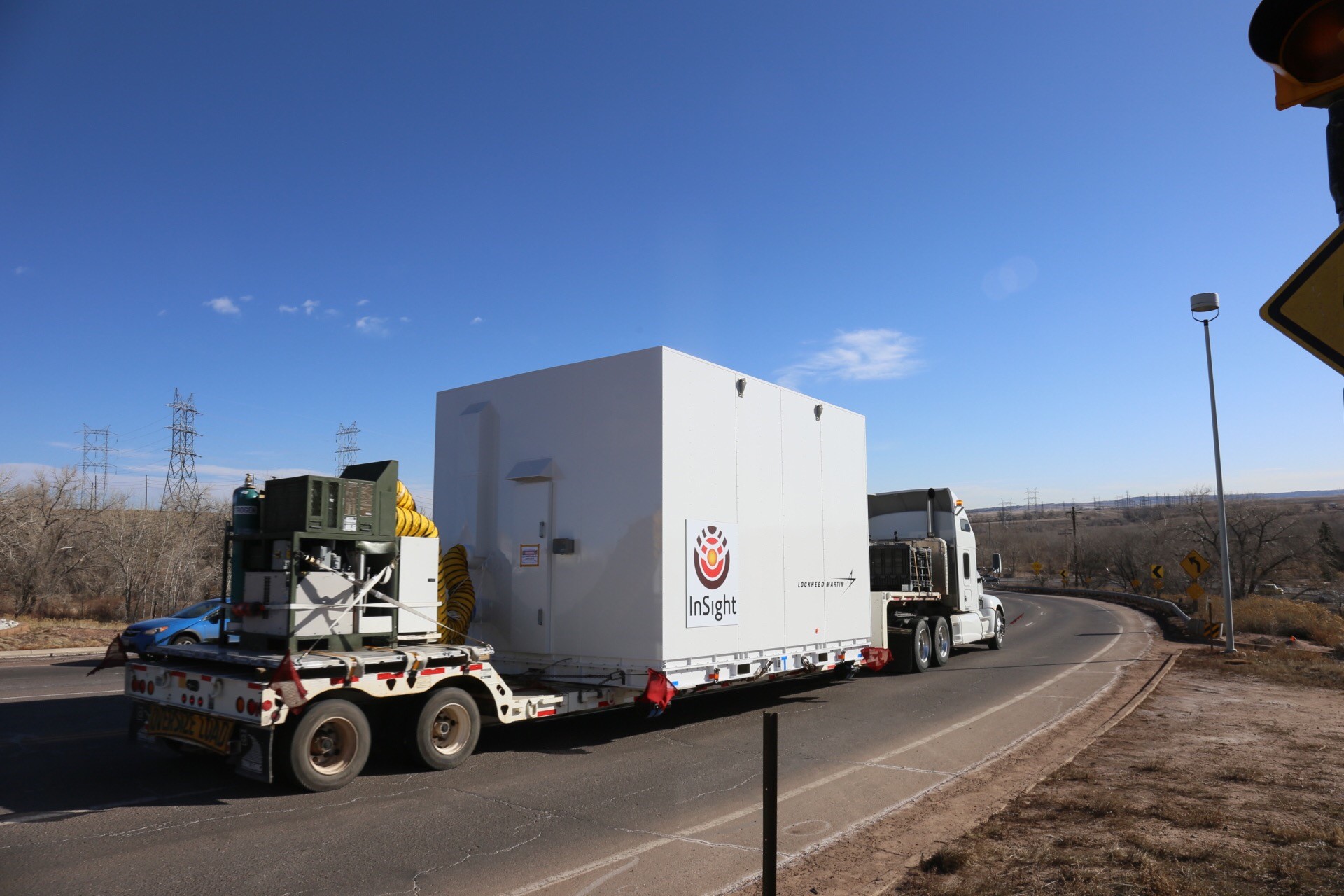
InSight is being built by Lockheed Martin; Lockheed is the prime contractor for the mission and oversees the entire system for the spacecraft, from the cruise stage to the aeroshell to the lander itself. InSight incorporates a previous spacecraft model from the Phoenix mission, which successfully landed in the Martian arctic region in 2005, sampling soil and ice deposits. Such a proven landing system is important, since InSight will also use a parachute to descend to the surface, and then use use descent engines to slow down fro only 5 ½ miles per hour. The protective heat shield also needs to be able to withstand temperatures of 2,800 degrees Fahrenheit during descent.
InSight will land in the Elysium Planitia region of Mars. As well as studying the interior, a camera on the 7-foot (2.4-meter) long robotic arm will provide color 3D views of the landing site, instrument placement and other activities. Sensors will also measure weather and magnetic field variations.
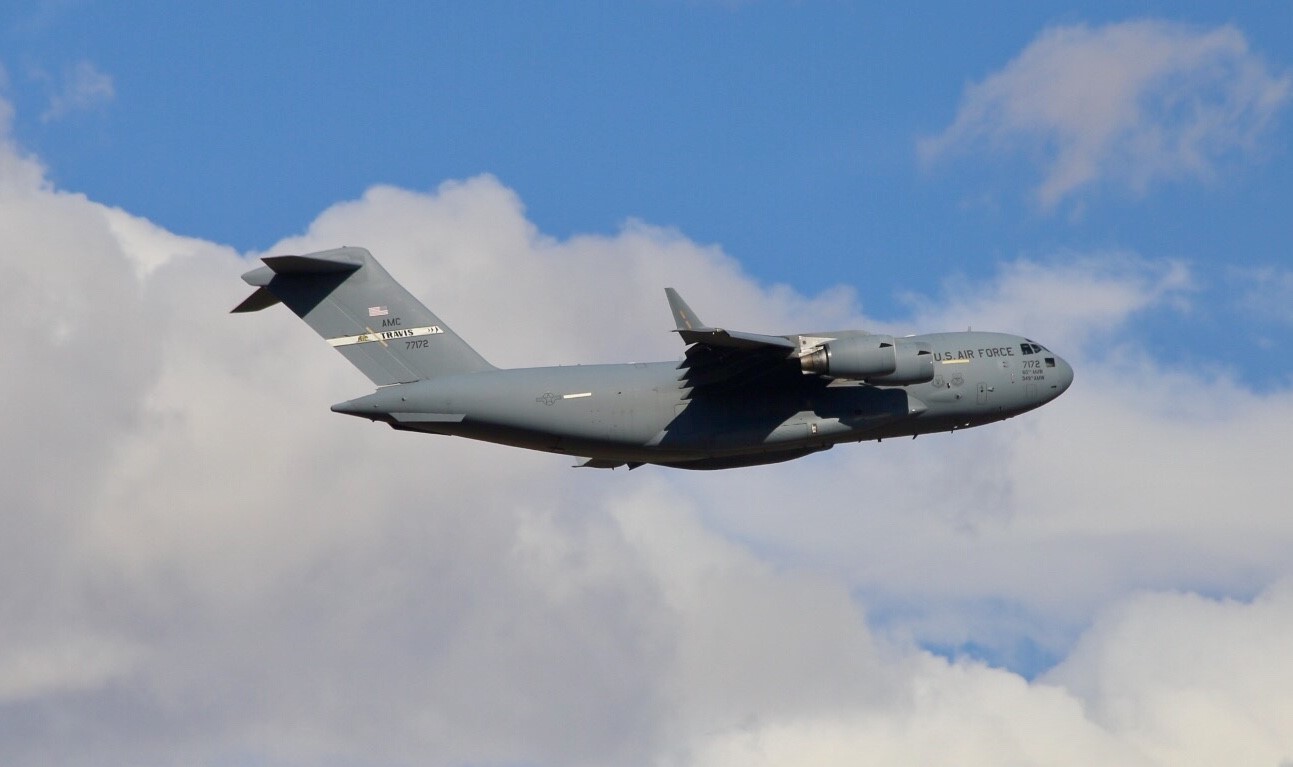
The launch window opens on May 5 and continues until June 8. For May 5, the launch window opens at 4:05 a.m. PDT (7:05 a.m. EDT) and lasts until 6:05 a.m. PDT (9:05 a.m. EDT). InSight will be launched aboard a United Launch Alliance (ULA) Atlas V-401 rocket from Space Launch Complex 3E; the first planetary mission ever launched from the west coast.
At the moment, the spacecraft is still in its shipping container, but will soon be taken out to begin functional testing. Updated flight software will then be uploaded before a series of mission ready tests, which assess the health of the flight system, associated science instruments and the ground data system. All of these are critical to ensuring that InSight is ready for its long journey and landing later this year.
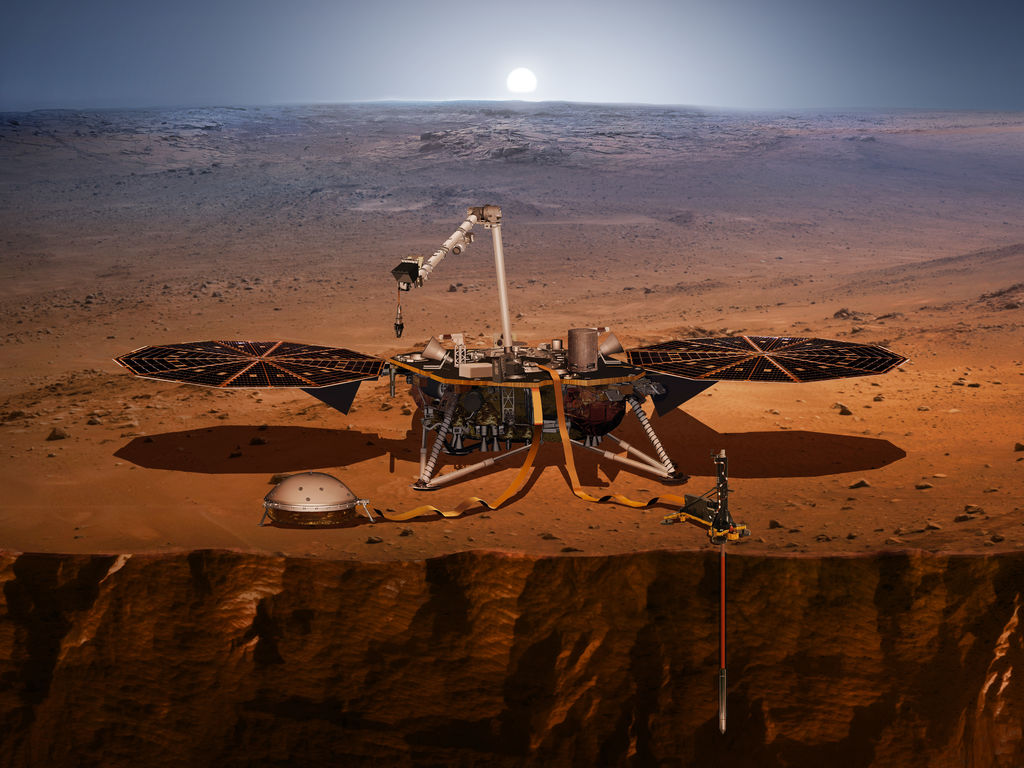

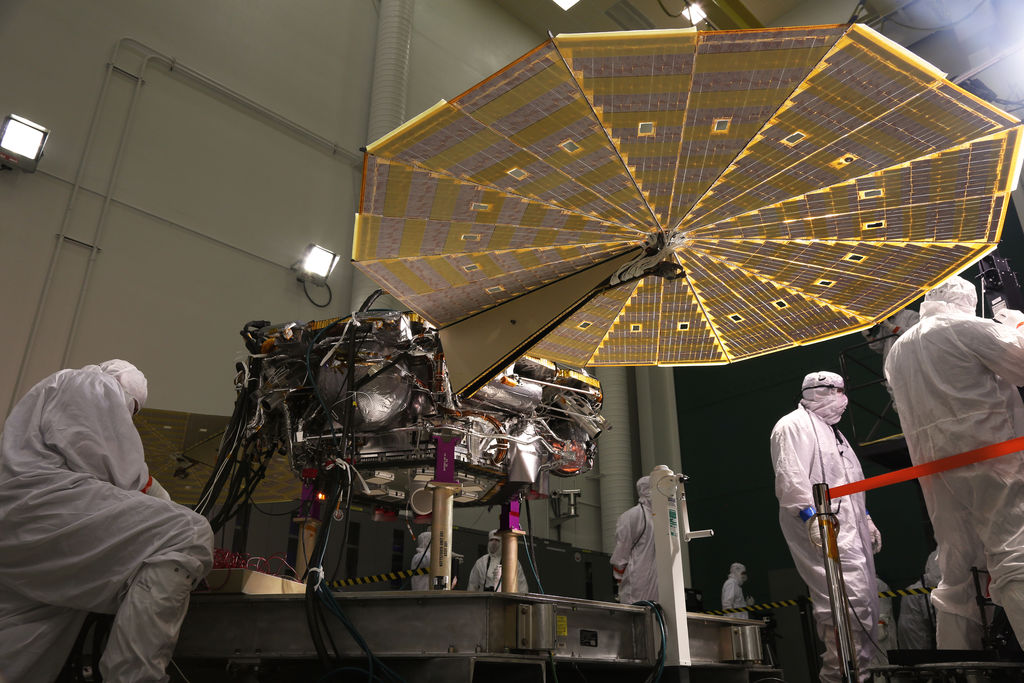
“One of the most important activities before launch is to load the spacecraft with the fuel needed for the journey to Mars,” said Hoffman. “After fuel loading, the spacecraft will undergo a spin-balance test to determine precisely the center of mass. This knowledge is needed to be sure the entry and descent into the Mars atmosphere goes as planned.”
InSight will measure the amount of heat in the interior of Mars, determine the size, composition and state of the core of the planet, analyze the thickness and structure of the crust, determine the structure of the mantle, investigate the thermal state of the interior, measure the rate of internal seismic activity and measure the rate of meteorite impacts. Although it is not a rover like Curiosity and Opportunity which are both still busy exploring the surface, it will provide valuable information about the interior structure of the planet. This makes it unique from any other Mars mission so far. By knowing more about the composition and structure of Mars’ interior, scientists can better understand how rocky planets like Mars (and Earth) form and evolve.
More information about InSight is available on the mission website.
Follow AmericaSpace on Facebook!
SaveSave
Missions » InSight »



